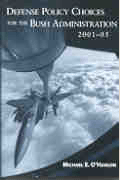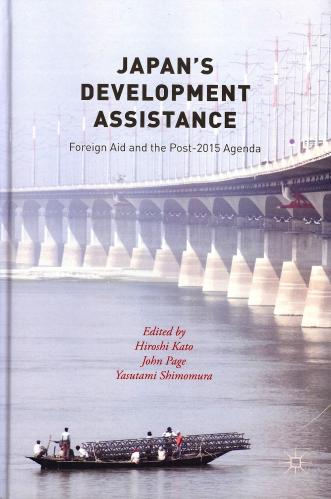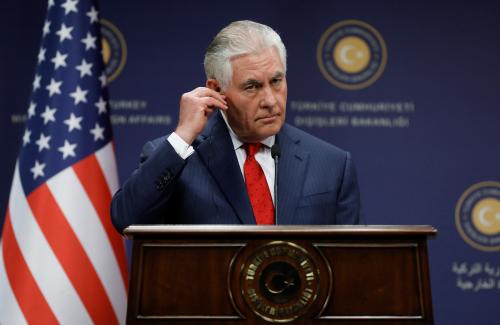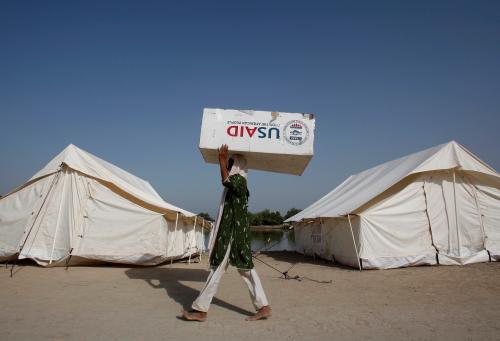Last week, President Donald Trump’s attack on foreign assistance in his address to a joint session of Congress gave substance to reports of proposed cuts to the United States international affairs budget in the range of 37 percent.
Despite being a modest 1 percent of all federal spending, U.S. foreign aid has contributed to historic successes over the past two decades—more than 1 billion people removed from extreme poverty, the eradication of small pox, the elimination of polio in 123 countries, and infant and child deaths cut in half. The president should champion these accomplishments, rather than vilify the programs that support such efforts.
The U.S. has designed, led, prospered, and been secure under a stable post-World War II international order by adequately funding our military and its companion civilian international affairs programs.
Backed by a superior defense capability, our diplomats and development experts are on the front line of advancing U.S. interests in the world—such as building alliances and negotiating to find common ground with those less friendly, containing global pandemics before they reach our shores (or airports), empowering women and girls with education and economic opportunities, combatting international terrorism, and preventing nuclear theft.
For decades foreign assistance has garnered broad bipartisan support because it advances three fundamental U.S. interests—it keeps us safe, it meets a moral imperative, and it builds economic prosperity. In looking to make cuts, you need to wear all three eyeshades to determine where spending does not serve one of these purposes.
The baseline the administration is working from is unknown, but using either the fiscal year 2016 enacted level of $54.6 billion or the current level of $58.8 billion, a 37 percent cut would be between $20.7 billion and $21.8 billion.
So, how would these cuts be accomplished? Where is the chaff? To reduce the foreign aid budget by one-third, one obviously has to start with the big-ticket items.
ASSISTANCE CATEGORY
One approach, using FY2016 enacted budget numbers, is to look by assistance category. Let’s take five large buckets—health, diplomatic and consular services, humanitarian assistance, United Nations funding, and development assistance.
At $8.5 billion, health is the largest foreign assistance account. Is the administration going to cut 37 percent ($2.5 billion) from the $6.7-billion President’s Emergency Plan for AIDS Relief program, which has put the brakes on the global HIV/AIDS pandemic and last year provided life-saving treatment to 11.5 million people? Tell that to its creator former President George W. Bush who is held in high esteem throughout Africa because of this initiative. Or, will it cut smaller health programs for maternal and child health, vulnerable children, nutrition, and non-communicable diseases? All of these life-saving programs are popular with the Congress and earn the U.S. appreciation and respect around the world.
Diplomatic and consular programs are at a similar level. The $8.7 billion in this category funds the personnel of the Department of State. Is it smart to reduce the staff of our embassies and consulates that help implement our immigration policies and vet new entrants, that work with our military on a daily basis to ensure our security, that collaborate with our allies, and that assist Americans traveling abroad? Where is the gain in running the risk of inadequate staff to effectively implement policy and manage programs?
Humanitarian assistance comes in at $7.6 billion. With a record 65 million displaced people in the world, are we to back away from our historic role as the largest responder to human disasters and suffering? Are we going to fail to respond to famines in Nigeria, Yemen, Somalia, and South Sudan and let hundreds of thousands die?
Of the $3 billion the U.S. spends on U.N. activities, $2.5 billion is for peacekeeping—support for multilateral forces that help stabilize key areas of the world and keep U.S. soldiers out of harm’s way. Are we willing instead to spend billions more, and put soldiers’ lives as risk, because we have to respond to conflicts through military force?
Development Assistance, at $2.8 billion, funds a range of important programs, including education, water and sanitation, energy, business and microenterprise development, agriculture, and support for democracy, governance, and civil society—programs that are fundamental to building stable, prosperous societies.
Country Recipients
A second approach is to look at the budget by country.
Israel is the largest recipient at $3.1 billion. Is the administration going to cut 37 percent ($1.2 billion) from Congress’ favorite country and the president’s special friend?
Egypt and Jordan are number two and three on the list of recipients. Will assistance to these two key allies be cut when withdrawing U.S. support could add to the instability in the Middle East and threaten Israel?
In reality, the budget proposal most likely will protect Israel, Egypt, and Jordan, meaning the rest has to be cut by 40 percent!
Afghanistan is at number four. Are we going to back away from a decade and a half of investment in trying to rid this country of extremist elements?
Ukraine was the fifth-largest recipient in FY2016. One can imagine the president moving to cut that assistance but also that many members of Congress who are concerned over Russia’s regional intentions rejecting that cut.
To finish this point about the difficulty in finding significant cuts, Power Africa and Feed the Future are programs that have garnered sufficient bipartisan congressional support as to be enacted into law and are producing concrete results. The Millennium Challenge Corporation is popular, especially with Republicans. Overseas Private Investment Corporation is a small, effective agency that leverages U.S. private sector investment and actually brings money into the U.S. Treasury.
Do you renege on U.S. commitments to multilateral assistance and lose the U.S. vote and influence in these institutions that are so important to leveraging U.S. investments and policy objectives? Do you cut narcotics control and law enforcement, nonproliferation, and anti-terrorism or military assistance? Do you stop partnering with U.S. companies and supporting rule-of-law programs that provide them with the stable rules they need to operate in foreign countries? Hopefully not if you take the time to read the new Better Business, Better World report that puts business on the frontline of advancing global economic growth and reducing poverty.
MAKE AMERICA GREAT
Drastic cuts to the international affairs budget threaten our national interests and in no way will make American great. The America first agenda that Republican and Democratic presidents have followed in the post-World War II era has been a two-part agenda—put our domestic affairs in order and advance American interest around the world. In the 19th century, America could minimalize its international engagement thanks to being protected by two oceans and two benign borders. Modern technology and global economics has rendered isolation an historic relic. Retrenching on our commitment to help our allies and those in need undercuts American values that are part of our heritage since the founding of our nation, and also our security.
If you doubt that, listen to the appeal to fund the diplomacy and development budget that 121 retired three- and four-star flag generals sent last week to the leadership of Congress. “Many of the crises our nation faces do not have military solutions alone…..the military needs strong civilian partners in the battle against the drivers of extremism.”
One would think that someone who sees the Islamic State as an existential threat to America would listen to these military messengers. My expectation is the Congress will, as evidenced by Senator Lindsay Graham’s declaration that this part of the president’s budget will be “dead on arrival.”
There is speculation that the rumored 37 percent cut is a “head fake”—propose a 37 percent cut and, when it ends up a 20-25 percent cut, the stakeholders will be relieved. Do not be fooled. Current funding levels do not allow the U.S. to address adequately the range of international challenges. Even a 20 percent loss in funding is dangerous and a recipe for “unilateral disarmament.”
The bottom line is you cannot make America great by cutting $20 billion from diplomacy and development, but you can sure endanger our national interests!
The Brookings Institution is committed to quality, independence, and impact.
We are supported by a diverse array of funders. In line with our values and policies, each Brookings publication represents the sole views of its author(s).











Commentary
Draconian cuts to diplomacy and development: Unilateral disarmament or head fake
March 7, 2017